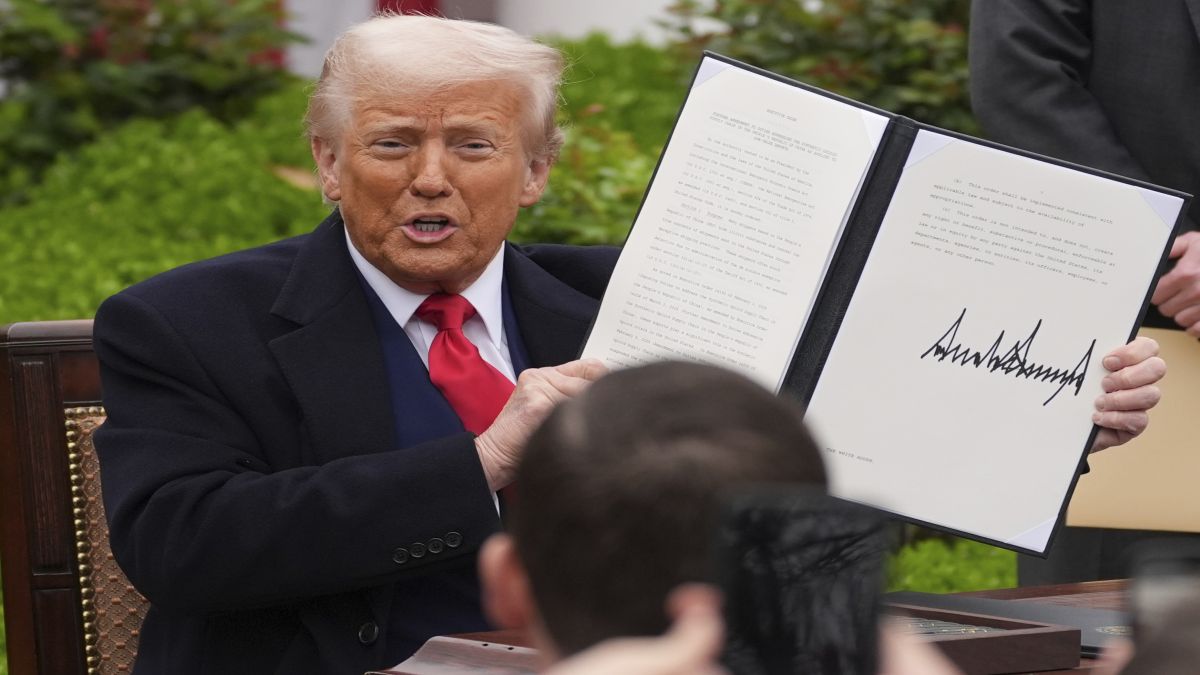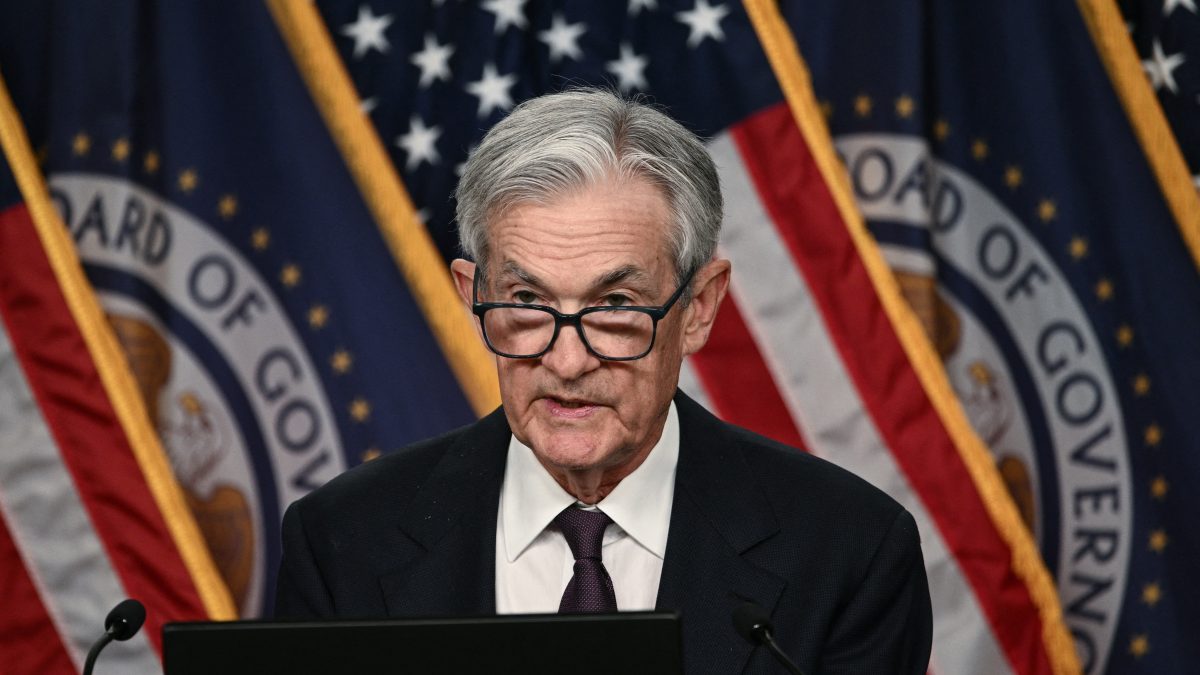US President Donald Trump stirred yet another storm on Thursday as he signed an executive order that set new tariffs on a wide swath of US trading partners. The White House announced that these high duties would go into effect on August 7, which will mark the next test for the global economy and the sturdiness of the American alliances.
The order was issued shortly after 7 pm (local time) on Thursday evening and came amid a flurry of tariff warnings from Trump in the last several days. The White House argued that these tariffs are being built up on a later date for the rate schedule to be harmonised. The new set of tariffs from the Trump administration also came hours before the midnight deadline.
In the announcement, the White House said that the “universal” tariff will remain at 10 per cent, the same level implemented on April 2. This will be for countries with which the US has a trade surplus, which is most of them. Nations with which the US has a trade deficit face a 15 per cent baseline tariff floor.
In addition to this, Trump also announced that he is raising tariffs on Canada from 25 to 35 per cent, effective tomorrow. Meanwhile, Goods compliant with the United States-Mexico-Canada Agreement would not be subject to that higher rate, the White House said, which would blunt the impact.
List of countries whose tariffs have been modified
It was on April 2 when Trump declared a US economic emergency and announced tariffs of at least 10 per cent across all countries, with duties even higher for over 60 nations and trading blocs. He argued that the measures were taken to deal with the American trade deficit with other nations and called it “ Liberation Day ”.
On Thursday, right before the clock struck midnight, the president announced adjustments to some of those reciprocal tariffs ahead of his August 1 deadline. These changes are as follows:
Countries that are worse hit by tariffs
In the Thursday night statement, Trump said that some countries have agreed to or are on the verge of agreeing to, meaningful trade and security commitments with the United States,” while others he said did not engage in negotiations with the US, or “have offered terms that, in my judgment, do not sufficiently address imbalances in our trading relationship or have failed to align sufficiently with the United States on economic and national-security matters.”
The following is a list of countries that have been hit the worst by the highest adjusted reciprocal tariffs that the White House announced:
Syria: 41%
Laos, Myanmar: 40%
Switzerland: 39%
Iraq, Serbia: 35%
Algeria, Bosnia and Herzegovina, Libya, South Africa: 30%
More than a dozen countries have tariff rates that are higher than 15 per cent either because they agreed to a trade framework with the United States or because Trump sent their leaders a letter dictating a higher tariff.
“President Trump is using tariffs as a necessary and powerful tool to put America First after many years of unsustainable trade deficits that threaten our economy and national security,” the White House said in a statement.


)

)
)
)
)
)
)
)
)



